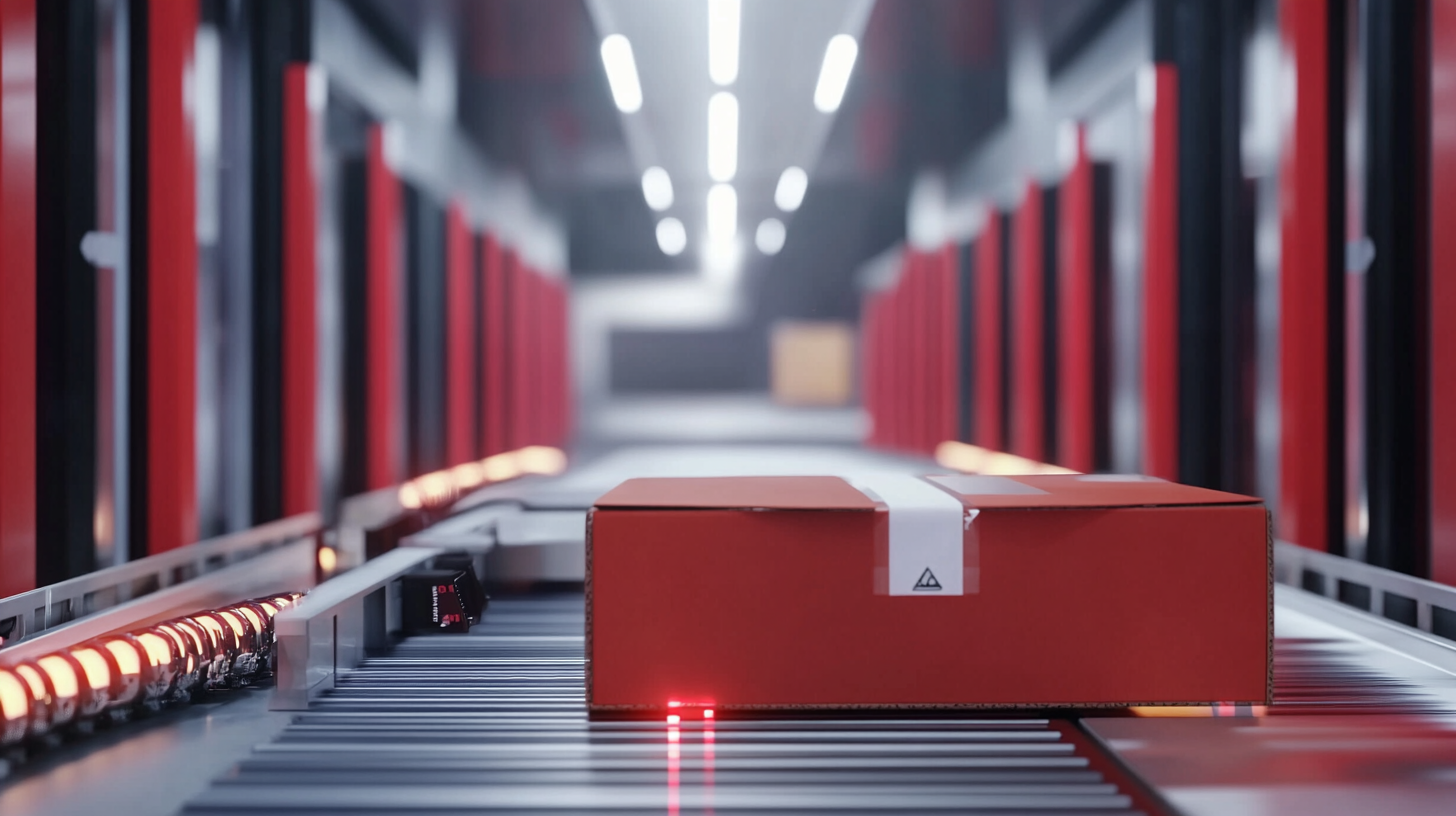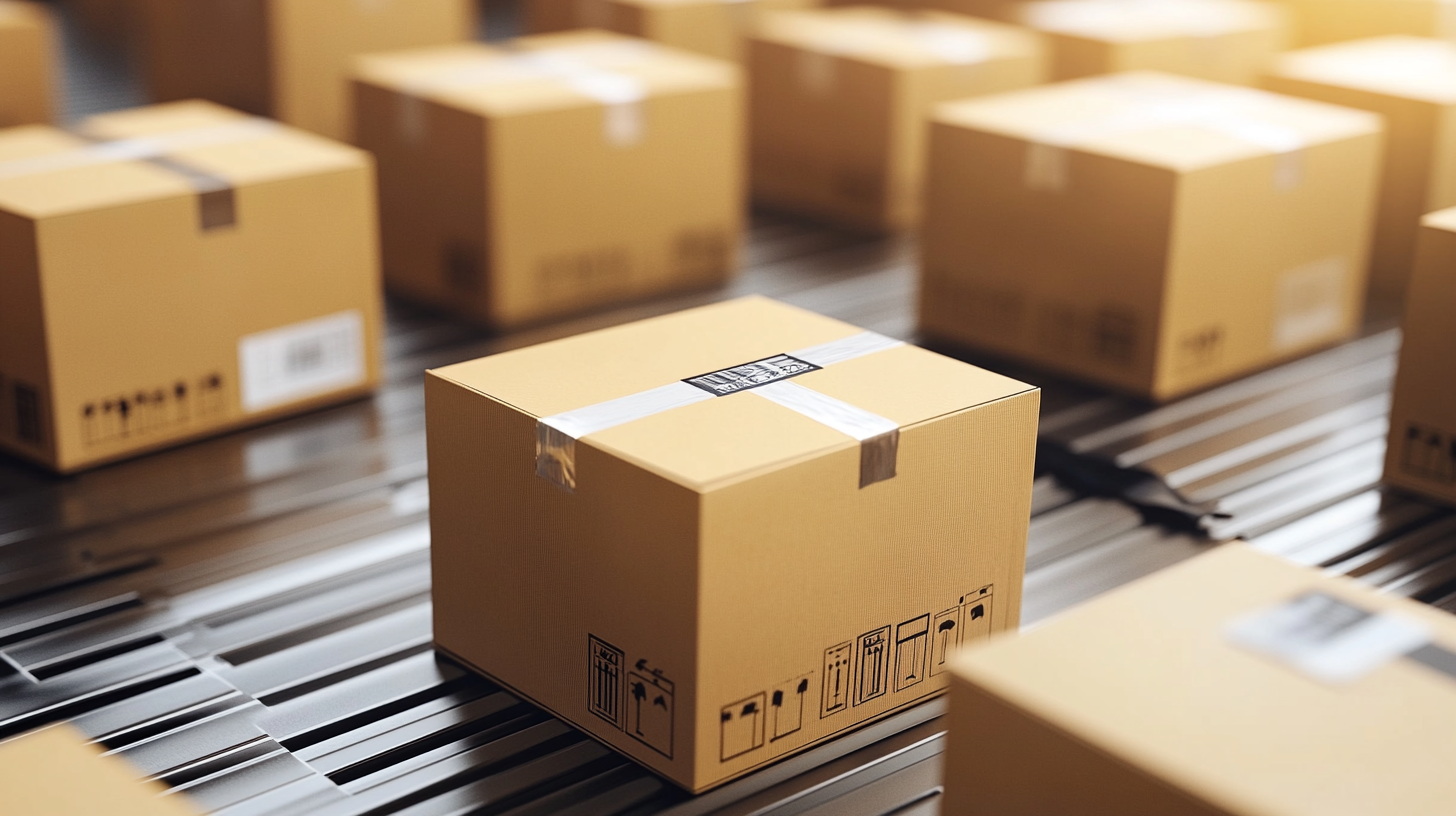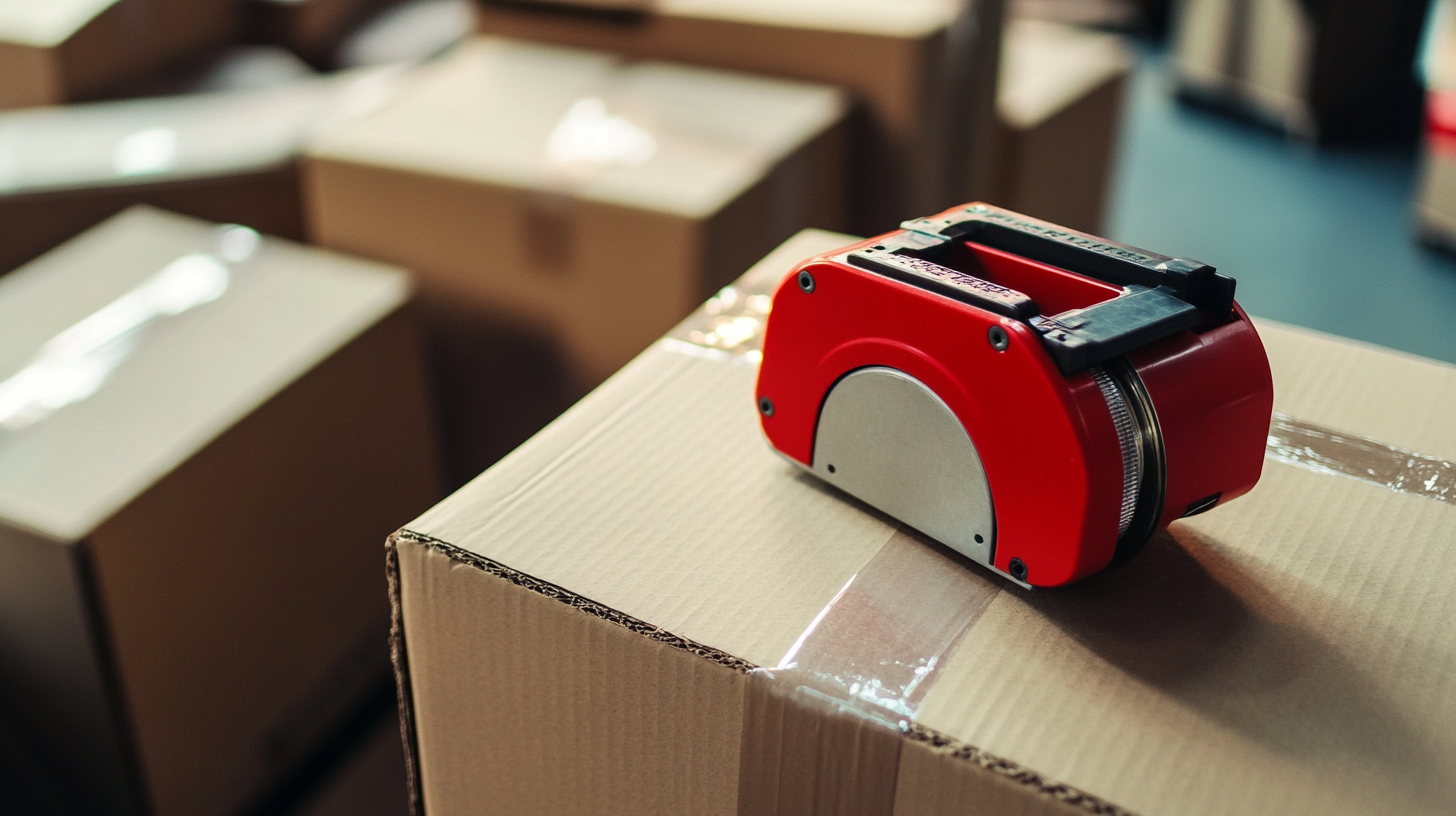Advantages of Using an Efficient Box Taping Machine for Streamlined Packaging Operations
In today's fast-paced packaging industry, the demand for efficient and reliable solutions is higher than ever. According to a report by MarketsandMarkets, the global packaging machinery market is expected to grow from USD 41.3 billion in 2020 to USD 63.4 billion by 2025, at a CAGR of 9.2%. This growth underscores the importance of optimizing packaging operations to enhance productivity and reduce costs. Among the various tools available, the Box Taping Machine stands out as a pivotal investment for companies looking to streamline their packaging processes and ensure the safe transport of goods.
The Box Taping Machine offers numerous benefits that can significantly impact efficiency and reliability in packaging. With rising labor costs and the increasing complexity of supply chains, businesses are turning to automated solutions to meet their operational needs efficiently. Research from the Freedonia Group indicates that automated packaging equipment, including taping machines, can boost productivity by up to 25%. By reducing manual labor, minimizing material waste, and facilitating quicker packaging times, a Box Taping Machine not only contributes to a more streamlined operation but also aligns with the growing need for sustainable practices in packaging.

Benefits of Enhanced Speed and Precision with Box Taping Machines
The use of box taping machines in packaging operations is becoming increasingly essential as businesses strive for enhanced speed and precision. By automating the taping process, companies can significantly reduce the time spent on manual tape application, leading to greater operational efficiency. According to industry reports, automated packaging solutions can increase throughput by up to 30%, providing a competitive edge in fast-paced environments. The introduction of advanced robotic solutions in workplaces, similar to those recently announced, showcases how automation is transforming efficiency in packaging. With enhanced speed from machines designed specifically for taping, businesses can ensure that they meet customer demands without compromising the quality of their packaging. Studies indicate that automating repetitive tasks not only speeds up production but also minimizes errors, leading to a more reliable packaging solution. This precision is crucial, especially in high-volume operations where inconsistencies can lead to increased costs and customer dissatisfaction. Additionally, the integration of automated box taping machines addresses workforce challenges, such as repetitive strain injuries that can arise from manual taping. By allowing machines to handle the labor-intensive aspects of packaging, companies can focus human resources on higher-value tasks, fostering a safer and more productive workplace. With companies increasingly looking to incorporate automation into their operations, investing in efficient box taping machines can yield significant advantages in both speed and precision.

Reducing Packaging Waste: Statistics on Material Efficiency in Modern Operations
The emphasis on reducing packaging waste has never been more critical, particularly as industries progress towards sustainable practices. Recent statistics indicate that over 300 million tons of plastic are produced globally each year, with a significant portion ending up in landfills and oceans. Efficient packaging solutions, such as the use of advanced box taping machines, can significantly reduce the material waste associated with traditional packaging processes. By optimizing the amount of material used per package, businesses can lower their environmental footprint and improve efficiency.
New partnerships and innovations are emerging in the packaging industry that showcase the shift towards sustainability. For instance, firms are increasingly collaborating with local farmers to develop eco-friendly packaging alternatives, which aim to eliminate reliance on single-use plastics. An example includes a Scotland-based company expanding its operations in the US to create biodegradable packaging solutions from agricultural waste. This trend highlights a growing market demand for packaging that not only protects products but also minimizes environmental impact.
Moreover, companies are leveraging technology to implement scalable strategies that cut down on packaging waste. Reports suggest that automation and data analytics are used to optimize packaging lines, enhancing both efficiency and sustainability. As organizations like Amazon and Microsoft lead the way in redesigning packaging with a focus on recyclability and minimal material usage, the industry is moving towards a collective goal: to reduce landfill contributions and promote a circular economy. The benefits of adopting efficient packaging machinery are not only operational but also play a pivotal role in fostering a more sustainable and responsible industry.

Cost Savings Over Time: ROI Analysis of Automated vs. Manual Taping Processes
When considering the overall efficiency of packaging operations, the return on investment (ROI) of automated vs. manual taping processes becomes a pivotal factor. Automated box taping machines offer significant cost savings over time that can drastically improve the bottom line for businesses. By reducing the labor costs associated with manual taping, companies can reallocate these resources to other vital areas of operation, ultimately enhancing productivity and efficiency.
Moreover, automated machines minimize material waste and streamline the packaging process. With precise application, these machines ensure that the right amount of tape is used for each package, reducing both tape costs and the environmental impact of excessive waste. This precision not only contributes to cost-efficiency but also enhances packaging quality, leading to lower return rates due to damaged products.
One of the most compelling advantages is the speed at which automated machines operate. In high-volume packaging environments, the difference in throughput can be staggering. While a manual process may slow down during peak times due to human error or fatigue, automated solutions maintain consistent performance. This speed, combined with accuracy, allows companies to meet customer demands promptly, improving satisfaction and potentially increasing sales. Therefore, investing in an efficient box taping machine is not just about immediate savings but also about fostering long-term growth and competitiveness in the market.

Improving Labor Productivity: Industry Reports on Employee Time Management
In today's competitive landscape, improving labor productivity has become a paramount concern for businesses across various industries. Recent research highlights the troubling statistic that over half of all employees report feeling relatively unproductive at work. This inefficiency not only affects their individual performance but also hampers overall organizational success. To combat this, companies are increasingly focusing on holistic strategies that nurture employee well-being, thereby creating thriving workplaces that cultivate productivity and generate real value.
One significant avenue to enhance productivity is the adoption of advanced technologies, such as efficient box taping machines. These machines streamline packaging operations, allowing for faster and more accurate sealing of boxes. By automating this labor-intensive task, companies can free up employees to focus on more strategic activities, leading to better time management and improved productivity metrics. As businesses make targeted investments in productivity-enhancing tools, they position themselves to bridge the gap between current output and the full potential of their workforce.
Further, understanding workforce productivity analytics is crucial in identifying areas for improvement. By leveraging these analytics, organizations can pinpoint inefficiencies, implement necessary changes, and monitor progress in real-time. This data-driven approach not only empowers management to make informed decisions but also instills a sense of purpose among employees, as they see the tangible impact of their contributions. With the right strategies in place, the potential to rekindle productivity and drive growth becomes not just a possibility but an achievable goal for many businesses.
Ensuring Consistent Quality: Reliability Metrics in Automated Taping Systems
In today's fast-paced manufacturing environment, maintaining high standards of quality while ensuring efficiency is a paramount concern. Automated taping systems have emerged as a crucial solution, particularly when it comes to reliability metrics. These systems not only streamline packaging processes but also enhance the overall consistency and durability of tape applications. By automating the taping process, manufacturers can significantly reduce the margin for human error, leading to a more reliable output and fewer defective packages.
The reliability of automated taping systems is often measured through various metrics such as uptime, tape adhesion quality, and speed of operation. Uptime refers to the operational efficiency of the machine during production hours; machines with higher reliability ratings experience fewer breakdowns, which translates to less downtime and increased productivity. Additionally, tape adhesion quality is critical, as poor sealing can lead to package failures. Automated systems are designed to apply tape with uniform pressure and precision, ensuring that every package is securely sealed and ready for transportation.
Speed of operation is another vital metric, as a fast-paced production line demands quick packaging turnaround. Efficient box taping machines are engineered to operate at high speeds without compromising tape application quality. By optimizing these measurements, businesses can achieve a seamless packaging workflow, thus meeting both production goals and customer satisfaction standards. Embracing automated taping systems not only ensures product integrity but also positions companies for growth in an increasingly competitive marketplace.

